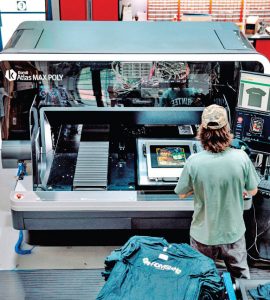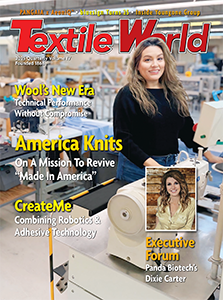Phifer Inc., Tuscaloosa, Ala., has acquired all assets of Warsaw, Ind.-based Indiana Coated Fabrics (ICF), strengthening its position in coated and laminated fabrics while expanding its manufacturing capabilities. ICF will continue operating under its existing name and management team, with customer relationships and operations remaining unchanged.
“ICF has built a strong reputation in the industry for quality and innovation in coated and laminated fabrics,” said Phifer CEO Reese Brooks.“Our teams are working closely to ensure a smooth transition and to maintain the positive, productive experience you have come to rely on.”
2025 Quarterly Issue IV






